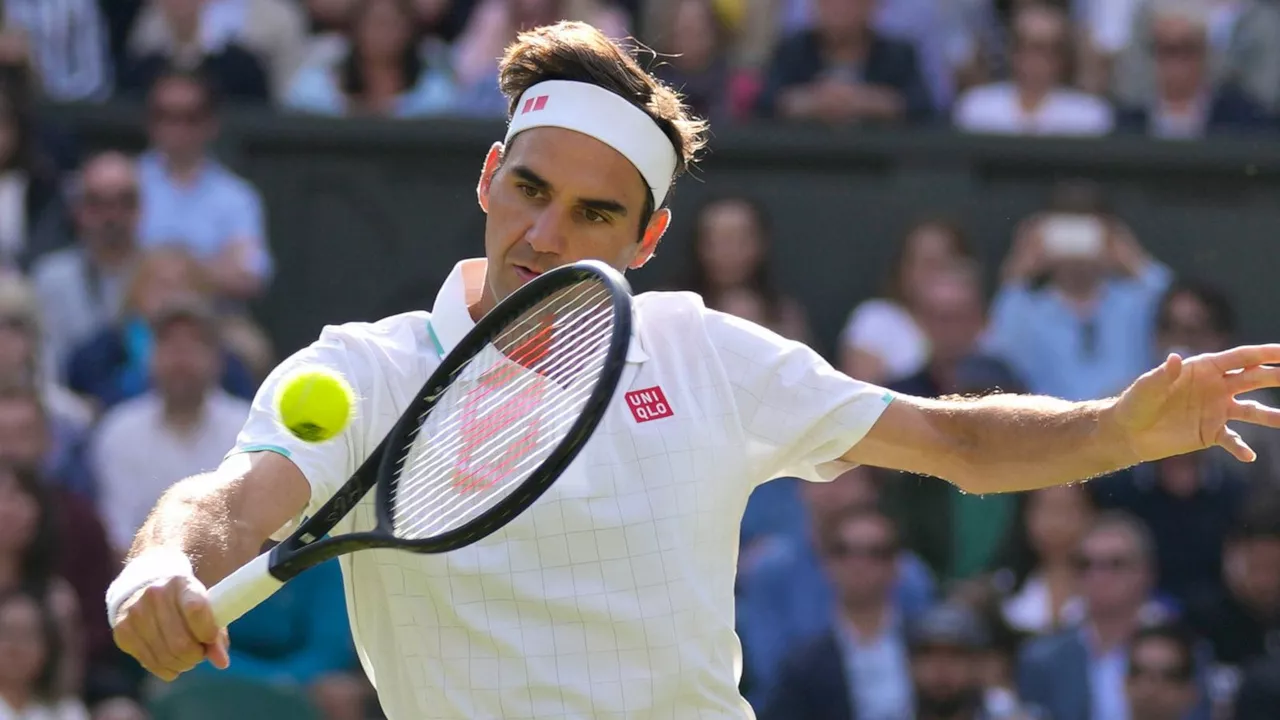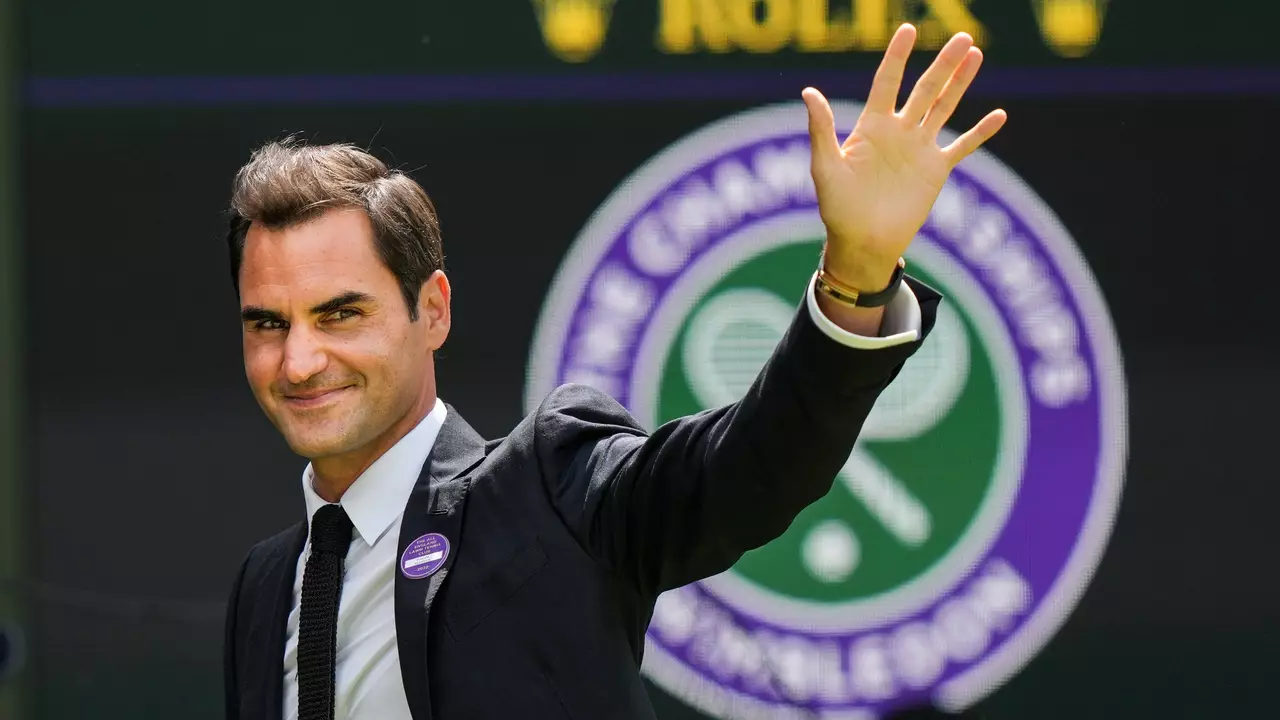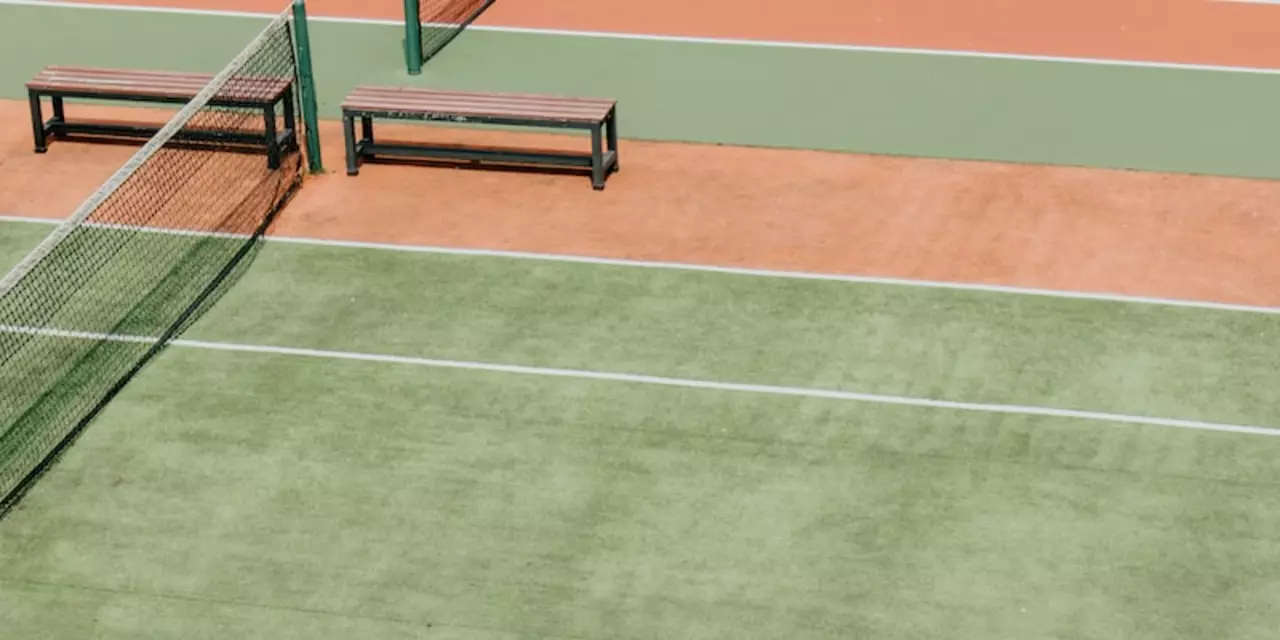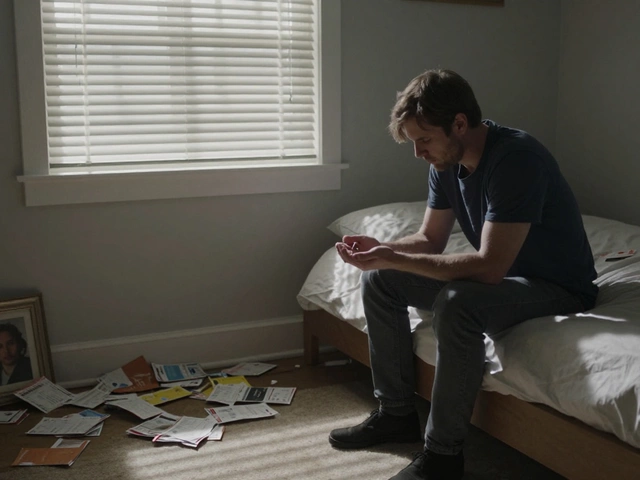Tennis: Gear, Health, and History
When talking about tennis, a racket sport played on a variety of surfaces where players hit a felt‑covered ball over a net. Also known as court sport, it blends skill, fitness and fun. tennis racket, the framed tool that holds strings and is used to strike the ball and tennis ball, a pressurised, felt‑covered sphere designed for consistent bounce are the core pieces of equipment. A common injury, tennis elbow, a painful inflammation of the forearm tendons caused by repetitive strokes, shows how closely health and gear are linked. Tennis encompasses equipment such as rackets and balls, requires proper stringing to boost performance, and can lead to elbow issues that physiotherapy can treat.
Equipment Essentials: Rackets, Strings, and Balls
Choosing the right tennis racket starts with head size, weight and balance. Modern frames, like the 1967 Wilson T2000, moved the sport from heavy wooden sticks to lightweight steel and graphite, giving players more control. But a racket is only as good as its strings. Professional stringers tighten the fibers to specific tensions, because proper stringing enhances racket performance and influences ball feel. Even hobby players sometimes string their own gear, but a mis‑tension can sap power and increase the risk of elbow strain.
The lifespan of a tennis ball, a pressurised, felt‑covered sphere designed for consistent bounce depends on usage, surface and weather. Casual players might get two months out of a can, while tournament matches replace balls every nine games. Ball lifespan depends on surface and usage; clay courts wear the felt faster, while hard courts can flatten the core. Keeping a fresh supply ensures predictable bounce and reduces extra stress on your arm.
Stringing isn’t just a technical chore—it’s a science. The tension, gauge and pattern of the strings create a sweet spot that can lower vibration, protecting you from tennis elbow. If you notice persistent soreness, a lower tension or softer string material can help. Physiotherapy can treat tennis elbow by combining targeted stretches, strength training and manual therapy, restoring range of motion and preventing re‑injury. A solid rehab plan often includes forearm exercises that mimic racket swing motions, so you return to the court stronger.
Historical nuggets add flavor to the modern game. The first modern tennis racket, the Wilson T2000, introduced a steel frame that reshaped how players generated power. Knowing where your gear comes from can guide choices—if you love classic feel, a wooden replica might suit you; if you chase speed, a carbon‑fiber frame is the way to go.
All of these topics—racket selection, string tension, ball durability, injury prevention and equipment history—show how interconnected tennis truly is. Below you’ll find articles that dig deeper into each area, from stringing tips and elbow rehab to the life cycle of a ball and the evolution of rackets. Ready to sharpen your knowledge and up your game? Keep scrolling to explore the full collection.




